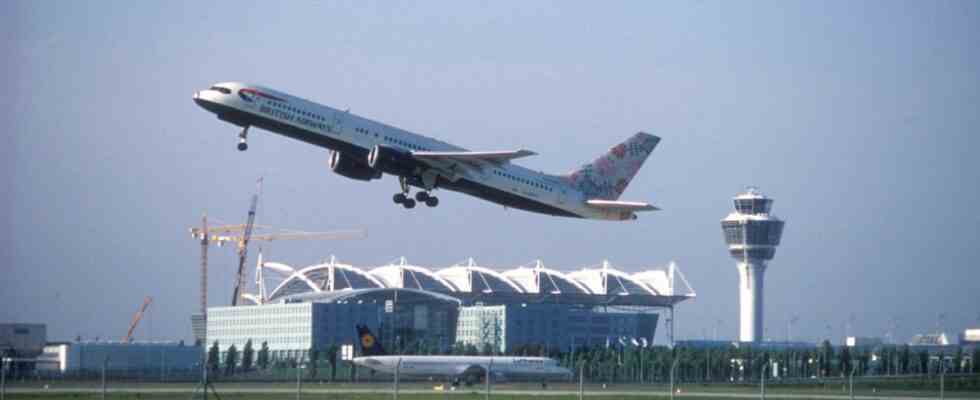If the municipality of Ismaning has its way, the radar systems and radio beacons at Munich Airport should no longer slow down the expansion of wind power. So far, municipalities in the north of Munich in particular have quickly reached their limits with their plans to set up wind turbines on their own land to generate energy. An important reason is the proximity to the airport in Erdinger Moos. There are extensive security zones around the airport that prevent the construction of rotors. It is the systems of the German Air Traffic Control (DFS) that make implementation at least more difficult, if not downright hopeless. For safety reasons, wind turbines cannot simply be planted in the landscape where there are flight paths.
But that should change if the Ismaninger municipal council has its way. At the request of the SPD and Free Voters, this has now authorized Mayor Alexander Greulich, together with the Northern Alliance, an association of eight municipalities in the districts of Munich and Freising, and with the district administrators from Munich, Erding and Freising, to initiate a resolution wind power is also permitted in the immediate vicinity of the airport. With the resolution, the responsible authorities, above all the German air traffic control and the Munich Airport GmbH as well as their shareholders state, federal and city of Munich, are to be requested to renew the outdated navigation systems and radar systems and to switch to satellite technology, as is already the case at other German airports happened.
Then the previously applicable safety radii could be reduced, which would make it easier to erect rotors. “It’s high time to convert the air traffic control at Munich Airport accordingly and thus clear the way for the construction of wind turbines in the districts of Munich, Freising and Erding,” says the motion by the SPD and Free Voters, which was accepted by the municipal council. A resolution supported by a broad alliance is intended to reinforce this demand.
Air traffic control at Munich Airport still works with radar systems instead of satellite technology like other German airports.
(Photo: Marco Einfeldt)
Because the topic of wind power has gained momentum, not least because of the Russian war of aggression against Ukraine and the associated restrictions on the energy supply, the DFS, the Federal Ministry of Economics and the Ministry of Transport have been reassessing the system protection areas around the airports since August 2022 been. With the result that, according to a press release distributed last week, the protection area for 39 of 50 Doppler rotary radio beacons nationwide has been reduced from 15 to seven kilometers, which should enable the use of wind power nationwide in an area of 21,000 square kilometers near the airport. However, the significantly smaller system protection areas would still be needed “so that wind turbines do not distract the signals from the navigation systems and pilots can navigate reliably,” Friedrich-Wilhelm Menge, Technical Director of DFS, is quoted in the statement.
Many municipalities in the north of Munich are in red zones
It remains to be seen whether the reduced radii around the rotary beacons will change anything for municipalities in the north of Munich, such as Ismaning or Garching, which want to push ahead with the construction of rotors. Like looking at an interactive map on the Homepage of the Federal Supervisory Office for Air Traffic Control shows they are still in the red zones. Even if the aspects of system protection for navigation and radar systems and obstacle protection, especially near airports, play a role in the assessment of wind power construction projects, these areas “do not represent any general construction ban zones”, as DFS spokeswoman Anja Neumann assures. However, they are relevant in the approval process: “In these areas, each construction project must be checked separately to determine whether the structure could cause a possible disruption to air traffic control systems.”
Cities and communities in the immediate vicinity of Munich Airport will therefore still need stamina if they want to rely on wind power.

